Our latest thinking: Microsoft fabric
Jon Quillin
Senior Consultant, Business Intelligence
Numbers drive business. Often, the speed of those numbers is diametrically opposed to consumers' confidence in them. Due to obfuscated data lineage, complicated requirements, and high overhead, organizations balance what it takes to get the data with the delivery of data to business users. To overcome this complexity and overhead, Microsoft has created a solution called Microsoft Fabric. It is a suite of tools that work together to streamline the process of data wrangling and delivery of insights.
When faced with fixing a problem in your home, you often find yourself standing in an aisle at Lowes or Home Depot, scratching your head to pick the right tool for your problem. In the back of your head, you also know this will not be your last visit to a store. Frequently, this can be the same when collecting and wrangling data. Microsoft is touting Fabric as the one-stop shop for tooling. Fabric is the data equivalent of toolbox bundles big box hardware stores like to offer during sales: a collection of tools to cover almost all your needs in one package for a discounted price.
What Value does it Bring?
Fabric is an extremely appealing proposition for organizations already invested in Azure and utilizing their tool sets across various services, especially if your presentation and analysis tool of choice for users is Power BI.
The toolbox purchase model can be costly for organizations, especially when purchasing individual tools compared to buying all tools in a bundle. Tools like a hammer or Power BI are used frequently and may be necessary. However, additional and more specialized parts of the suite may not be appealing if you are not an organization looking towards Data Science (because of constraints on time, people, knowledge, or money).
While pricing for Fabric capacity in Public Preview is present in the Azure portal, what each capacity translates to in real-life performance is still decidedly murky. If you are part of an organization that only uses Power BI to consume and model your data, then purchasing a whole suite of tools may not be for you. Consider, though, that even in this use case, per-hour Fabric capacity can compare favorably to just a PowerBI tenant with premium capacity.
The suite of Experiences (tools) provided as part of Microsoft Fabric include, at this time:
Power BI - A first-class Business Intelligence and visualization platform
Data Factory – Data Movement and transformation service
Data Activator (Preview) – Real-time data monitoring with alerts and automatic actions
Data Engineering – Lakehouse and Apache Spark offering to transform, prepare, store and share data
Data Science – Service offering for creating, exploring, and surfacing ML models and results
Data Warehouse – Open-data-format SQL warehouse for storing and analyzing data
Real-Time Analytics - Allows the querying and collation of data from various sources to provide observational data analytics
What to Watch Out For
With the marketing and push behind Fabric, which has been intense, it’s essential to know some of the minor upsides and downsides that are currently part of the platform.
Is this a suitable suite for you and your org? Microsoft has always been generous with allowing potential users to take tools for a "spin." The best way to determine if these tools are helpful for your situation is to try them out with a limited deployment to experienced teams. Our experience has shown that Microsoft is currently being very lenient with 60 day trial periods.
Can Fabric accomplish what you currently do with tools spread across the Azure universe? For most organizations, the maximum impact of the collection of tools assembled by Microsoft will come with new initiatives and the re-platforming of existing efforts. To expand on our analogy, the primary driving factor will, in the end, come down to compatibility – much like how battery systems support various tools.
In our experience, increased performance and reduced time-to-insight has been amazing. As a services firm, it’s critical for us to be stewards of client resources – so a project taking a fraction of the time it would have otherwise is a huge deal. This has come at the cost of reliability. Not every function works every time, and as with any managed service digging into what exactly went wrong is far more difficult than custom or fully high-code solutions.
Finally, a key question we have heard from clients is “Is Fabric Ready for Production?” The short answer is Not Quite. Only the organizations with existing, tight integration with Microsoft and Azure should consider it a reliable platform – and even these should know that they will be landing on something very much still in flight. Microsoft’s success at quickly bringing valuable products to market over the past few years has been impressive, and the suites of tools beneath fabric are proven.

